ACP - Atlantic Multidecadal Oscillation modulates the relationship between El Niño–Southern Oscillation and fire weather in Australia
Por um escritor misterioso
Last updated 07 junho 2024

Abstract. The El Niño–Southern Oscillation (ENSO) is a crucial driver of fire weather in Australia, with the correlation between ENSO and Australian fire weather having intensified over the past 2 decades. However, the underlying causes for this change have not been thoroughly investigated. In this study, we utilize reanalysis datasets and numerical model simulations to demonstrate that the Atlantic Multidecadal Oscillation (AMO) could potentially modulate the ENSO–Australian fire weather relationship. The correlation between ENSO and the Australian Fire Weather Index (FWI) increases from 0.17 to 0.70 as the AMO transitions from its negative to positive phase. This strengthening effect can be attributed to atmospheric teleconnection mechanisms. Specifically, the positive AMO phase, characterized by warming in the northern and tropical Atlantic, generates Rossby wave trains, leading to high-pressure systems over Australia. Consequently, local temperature and wind speed increase, while precipitation decreases. This signal, superimposed on ENSO, serves to amplify the ENSO effect on Australian fire weather.

Influence of local scale and oceanic teleconnections on regional fire danger and wildfire trends - ScienceDirect
ACP - Relations - Atlantic Multidecadal Oscillation modulates the relationship between El Niño–Southern Oscillation and fire weather in Australia
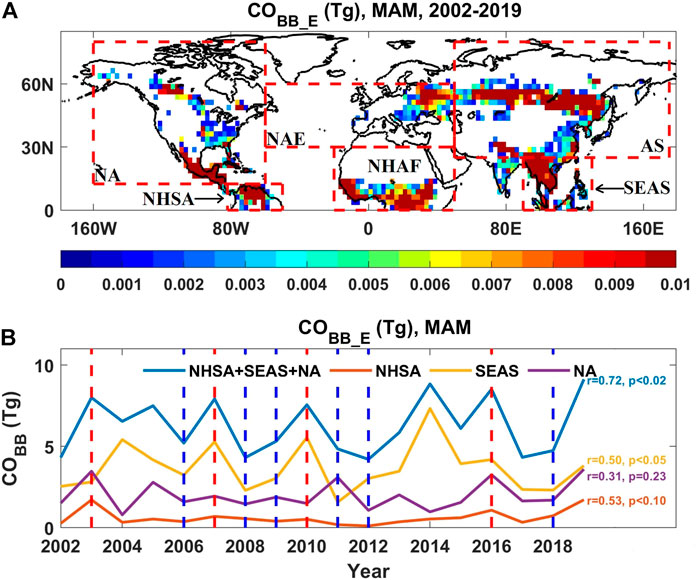
Frontiers ENSO Teleconnection to Interannual Variability in Carbon Monoxide Over the North Atlantic European Region in Spring
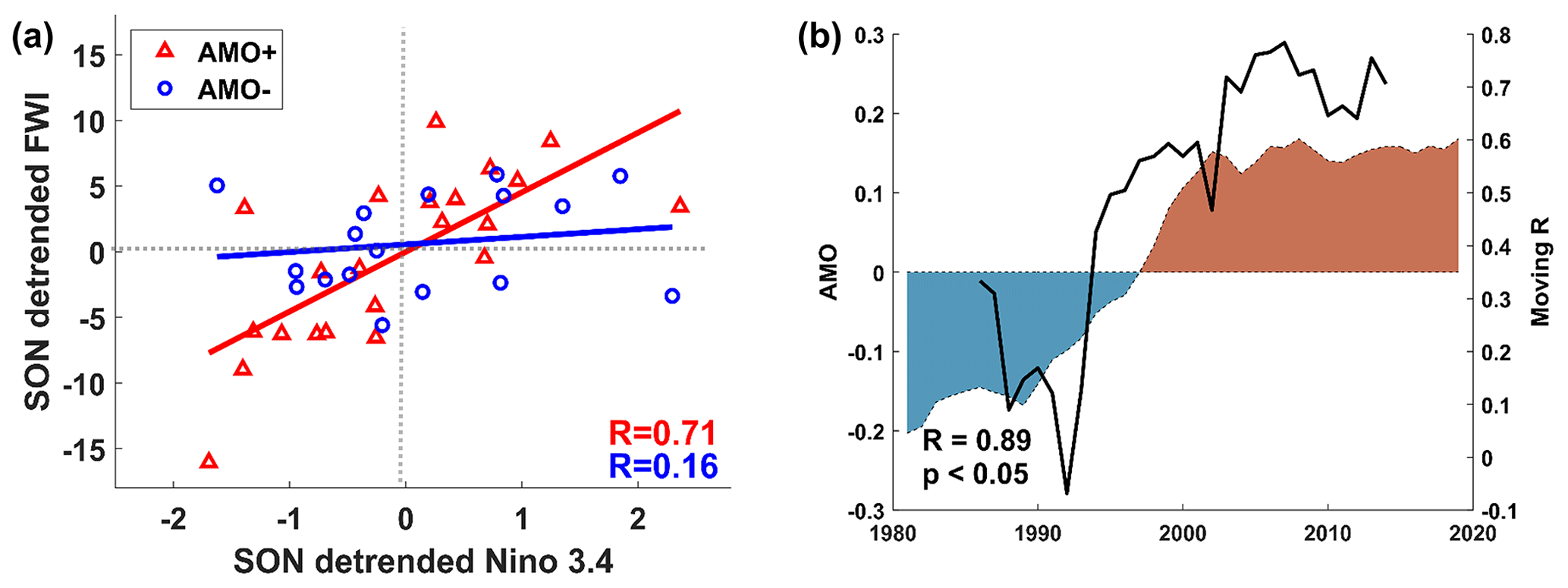
ACP - Atlantic Multidecadal Oscillation modulates the relationship between El Niño–Southern Oscillation and fire weather in Australia

Pacific Meridional Mode - Wikipedia
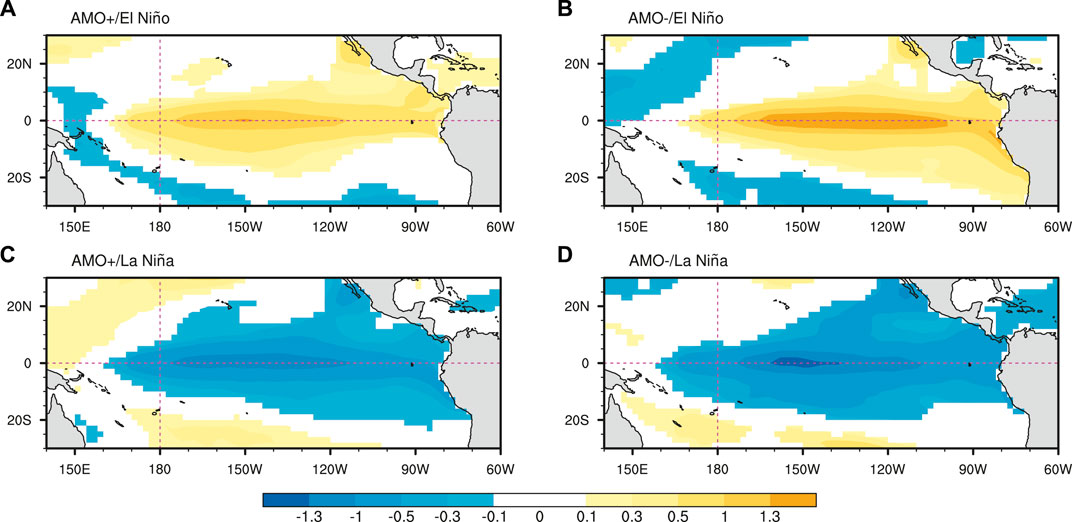
Frontiers Atlantic Multidecadal Oscillation Modulates the Relation of ENSO With the Precipitation in the Central-Western Indian Ocean
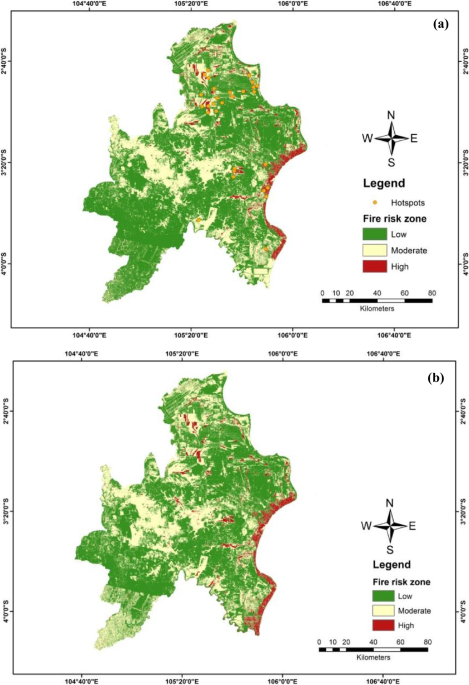
Current and future land fire risk mapping in the southern region of Sumatra, Indonesia, using CMIP6 data and GIS analysis
ACP - Relations - Atlantic Multidecadal Oscillation modulates the relationship between El Niño–Southern Oscillation and fire weather in Australia
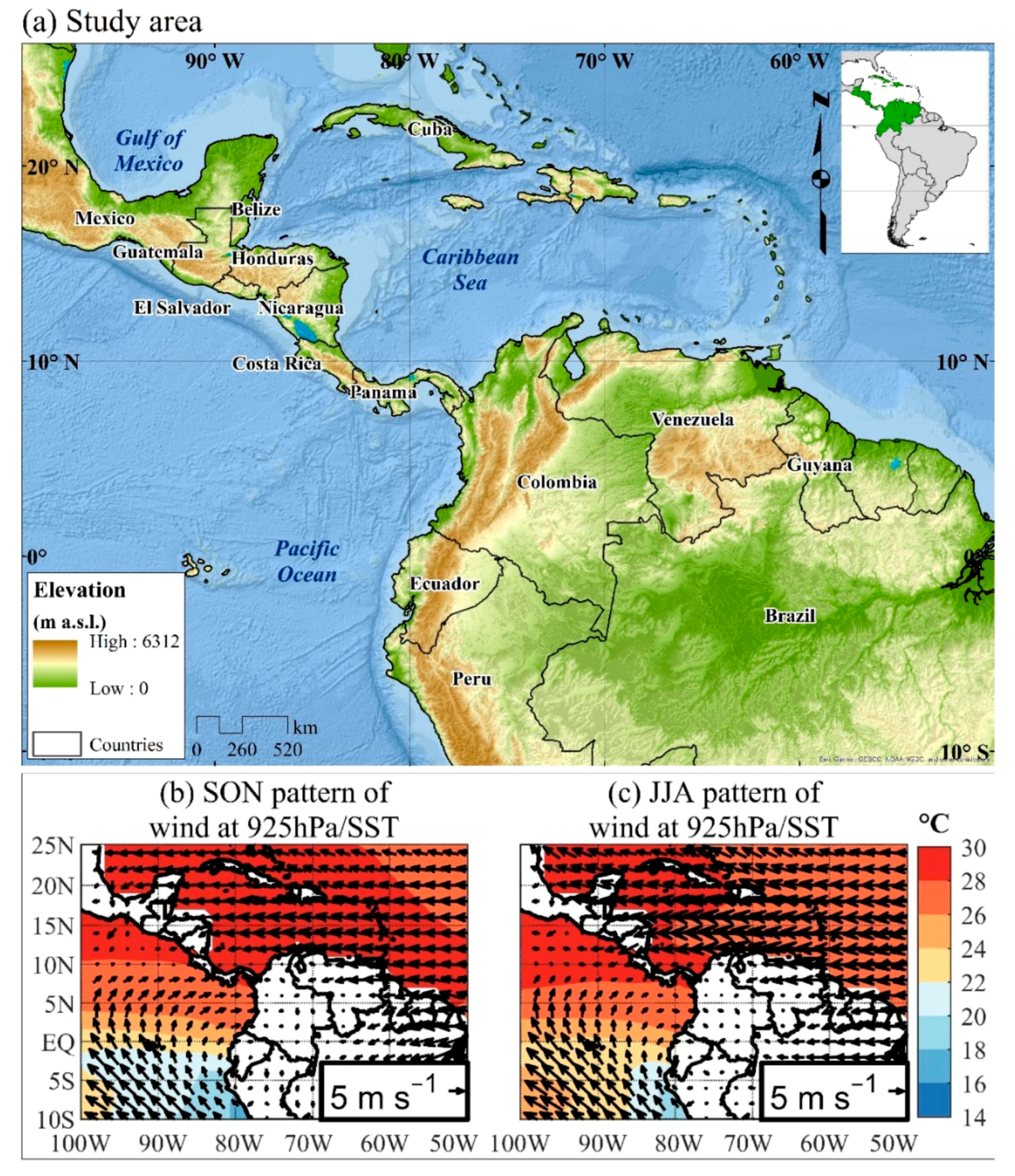
Atmosphere, Free Full-Text

Flows of Energy - The Changing Flow of Energy Through the Climate System

Modulation of the Relationship between ENSO and Its Combination Mode by the Atlantic Multidecadal Oscillation in: Journal of Climate Volume 33 Issue 11 (2020)
Recomendado para você
-
SCP Foundation: SCP-7143-J [SFW?]07 junho 2024
-
 Picture memes vksFDjFX6 by I_eat_ass____2017 - iFunny Brazil07 junho 2024
Picture memes vksFDjFX6 by I_eat_ass____2017 - iFunny Brazil07 junho 2024 -
 press F for 7143-J : r/DankMemesFromSite1907 junho 2024
press F for 7143-J : r/DankMemesFromSite1907 junho 2024 -
 An alternative application for reuse of leaching residues: Determination of adsorption behaviour for methylene blue and process optimization - ScienceDirect07 junho 2024
An alternative application for reuse of leaching residues: Determination of adsorption behaviour for methylene blue and process optimization - ScienceDirect07 junho 2024 -
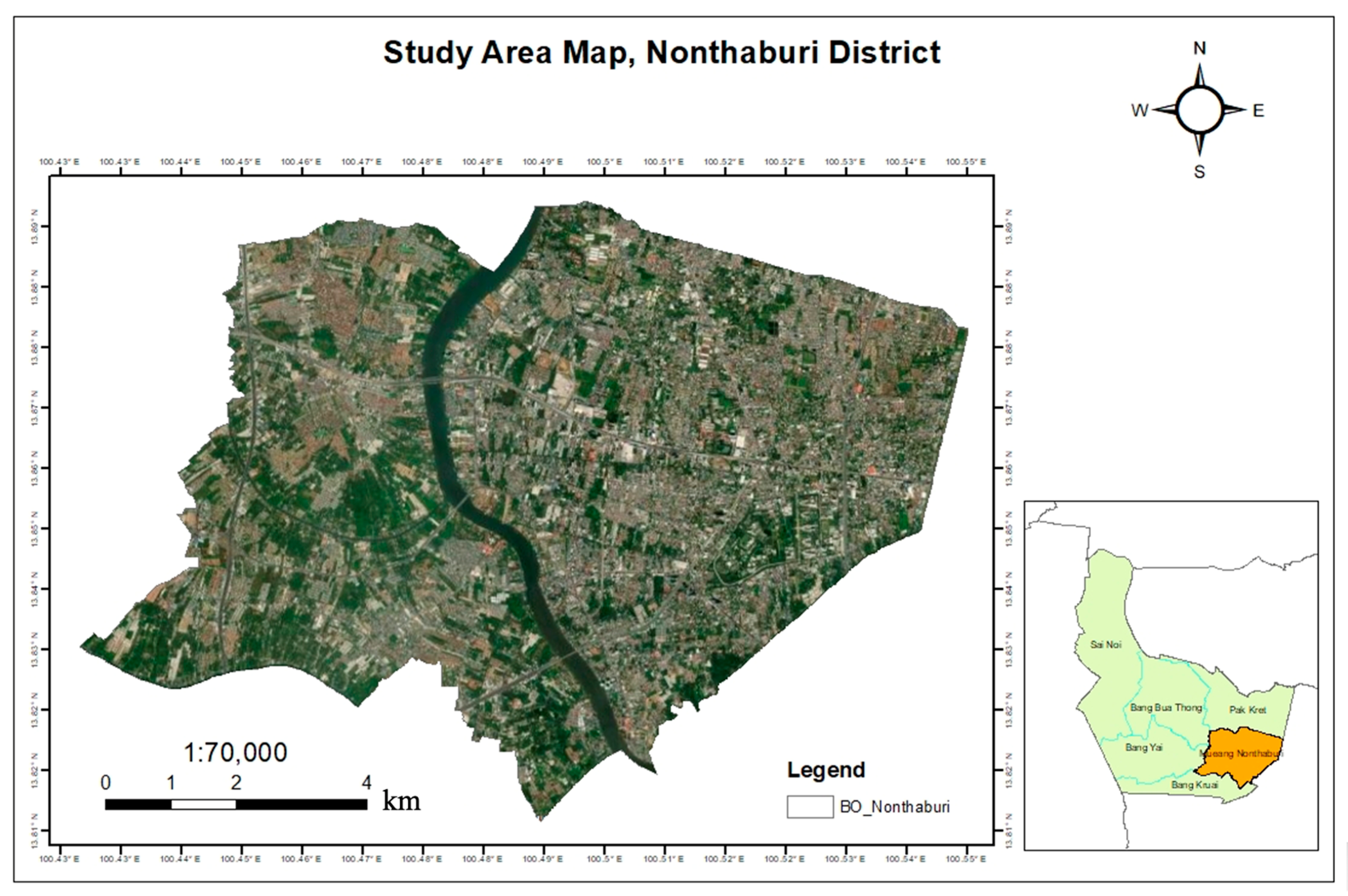 Sustainability, Free Full-Text07 junho 2024
Sustainability, Free Full-Text07 junho 2024 -
 Neuroanatomical organization and functional roles of PVN MC4R pathways in physiological and behavioral regulations07 junho 2024
Neuroanatomical organization and functional roles of PVN MC4R pathways in physiological and behavioral regulations07 junho 2024 -
 Journal of Comparative Neurology, Systems Neuroscience Journal07 junho 2024
Journal of Comparative Neurology, Systems Neuroscience Journal07 junho 2024 -
Creature's Teeth Roblox Item - Rolimon's07 junho 2024
-
 Transgenic Mice Expressing Green Fluorescent Protein under the Control of the Melanocortin-4 Receptor Promoter07 junho 2024
Transgenic Mice Expressing Green Fluorescent Protein under the Control of the Melanocortin-4 Receptor Promoter07 junho 2024 -
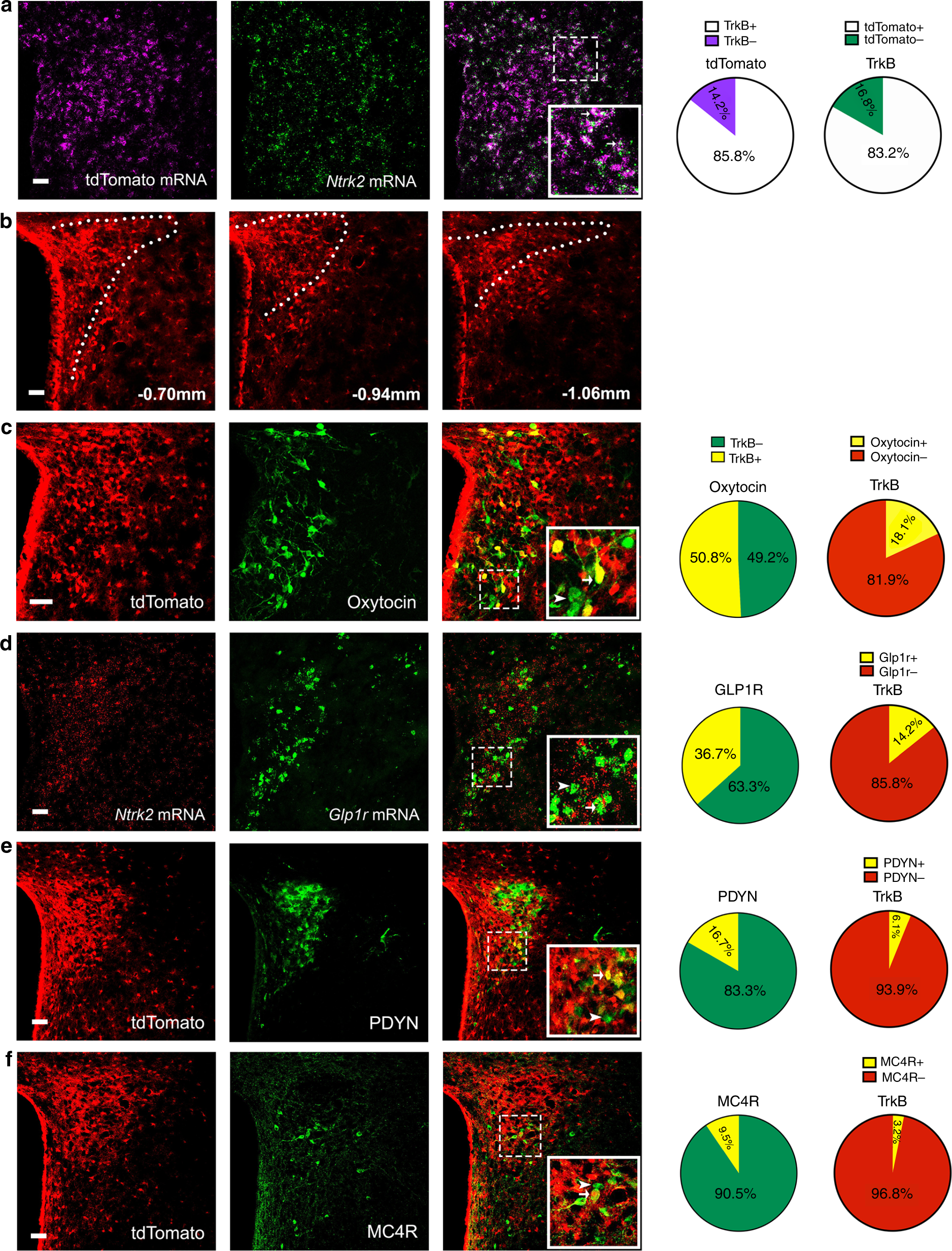 TrkB-expressing paraventricular hypothalamic neurons suppress appetite through multiple neurocircuits07 junho 2024
TrkB-expressing paraventricular hypothalamic neurons suppress appetite through multiple neurocircuits07 junho 2024
você pode gostar
-
 Roblox | CONTA ROBLOX COM KORBLOX, VALKYRIE07 junho 2024
Roblox | CONTA ROBLOX COM KORBLOX, VALKYRIE07 junho 2024 -
 Claire's Boutique - Old Mill District07 junho 2024
Claire's Boutique - Old Mill District07 junho 2024 -
 Assistir Ijiranaide, Nagatoro-san 2nd Attack 2° Temporada07 junho 2024
Assistir Ijiranaide, Nagatoro-san 2nd Attack 2° Temporada07 junho 2024 -
 How To Check ANY GAMES Player Count (Steam 2021)07 junho 2024
How To Check ANY GAMES Player Count (Steam 2021)07 junho 2024 -
 Lucas Olioti on X: com licença alguem me deixa careca nessa foto07 junho 2024
Lucas Olioti on X: com licença alguem me deixa careca nessa foto07 junho 2024 -
 Pinos Mágicos Blocos De Montar Infantil Com 360 Peças - Top - APAS - Brinquedos de Montar e Desmontar - Magazine Luiza07 junho 2024
Pinos Mágicos Blocos De Montar Infantil Com 360 Peças - Top - APAS - Brinquedos de Montar e Desmontar - Magazine Luiza07 junho 2024 -
 Dokkan Island, Grand Piece Online Wiki07 junho 2024
Dokkan Island, Grand Piece Online Wiki07 junho 2024 -
 Jogos educativos gratuitos do Minecraft - Assuntos da Internet07 junho 2024
Jogos educativos gratuitos do Minecraft - Assuntos da Internet07 junho 2024 -
 ComicBookAndAnimeNews@ ANIME AND MANGA WEEKEND NEWS FOR07 junho 2024
ComicBookAndAnimeNews@ ANIME AND MANGA WEEKEND NEWS FOR07 junho 2024 -
 File:Torcedor brasileiro assistindo jogo do Brasil na Copa Do07 junho 2024
File:Torcedor brasileiro assistindo jogo do Brasil na Copa Do07 junho 2024